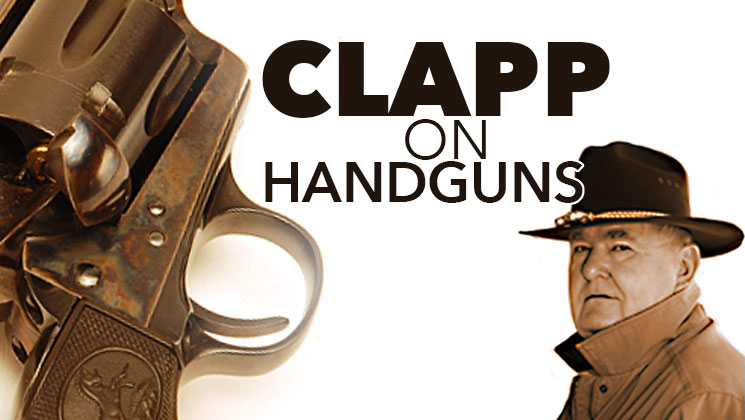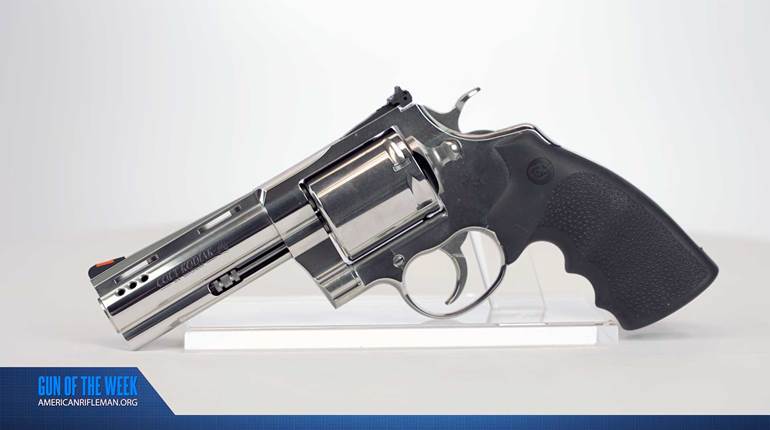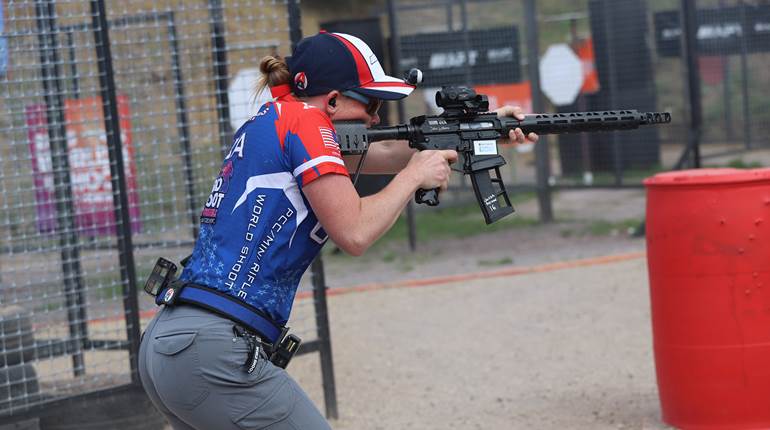
Any good (or better) quality handgun from Colt or Smith & Wesson probably deserves a so-called “factory letter” to go with it. Both companies offer this service and while it is getting expensive, it may, in the long run, add to the value of the gun. Basically, a factory letter is derived from the shipping records of the company and reports the basic description of the gun, any special features, the day that it left the factory and to whom it was shipped. Today that means a gun store with an FFL, but in older times, guns sometimes went straight to the end user.
My buddy, the late Chuck Karwan, once advised a local handgun enthusiast to get a factory letter on his pre World War II Registered Magnum. He did and it came back as having been shipped to Ed McGivern, a famous handgunner of the 1930s. This tripled, at least, the value of the gun. If the gun in question was made before WWII, it never hurts to spend the money and get a letter.
As a matter of fact, so many people have “lettered” their early Colts and Smith & Wessons that the letter is actually displayed with the gun on a high-end gun show table. I bought a Single Action Army recently and its letter came with it. It had been with the gun for a long time, since it is dated in the 1950s. Smith & Wesson letters have a capsule history of the model, as well as the shipping data on the individual specimen. Preserving arms history is always a good thing and the factory letter is a big part of the process.
















![Winchester Comm[94]](/media/1mleusmd/winchester-comm-94.jpg?anchor=center&mode=crop&width=770&height=430&rnd=134090756537800000&quality=60)
![Winchester Comm[94]](/media/1mleusmd/winchester-comm-94.jpg?anchor=center&mode=crop&width=150&height=150&rnd=134090756537800000&quality=60)


















